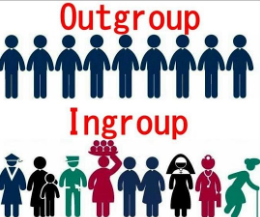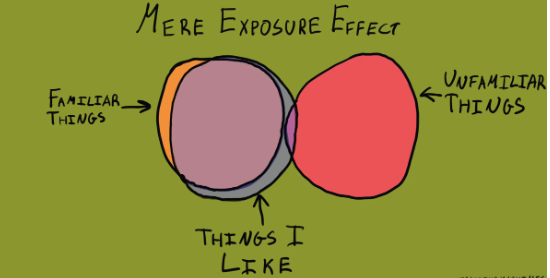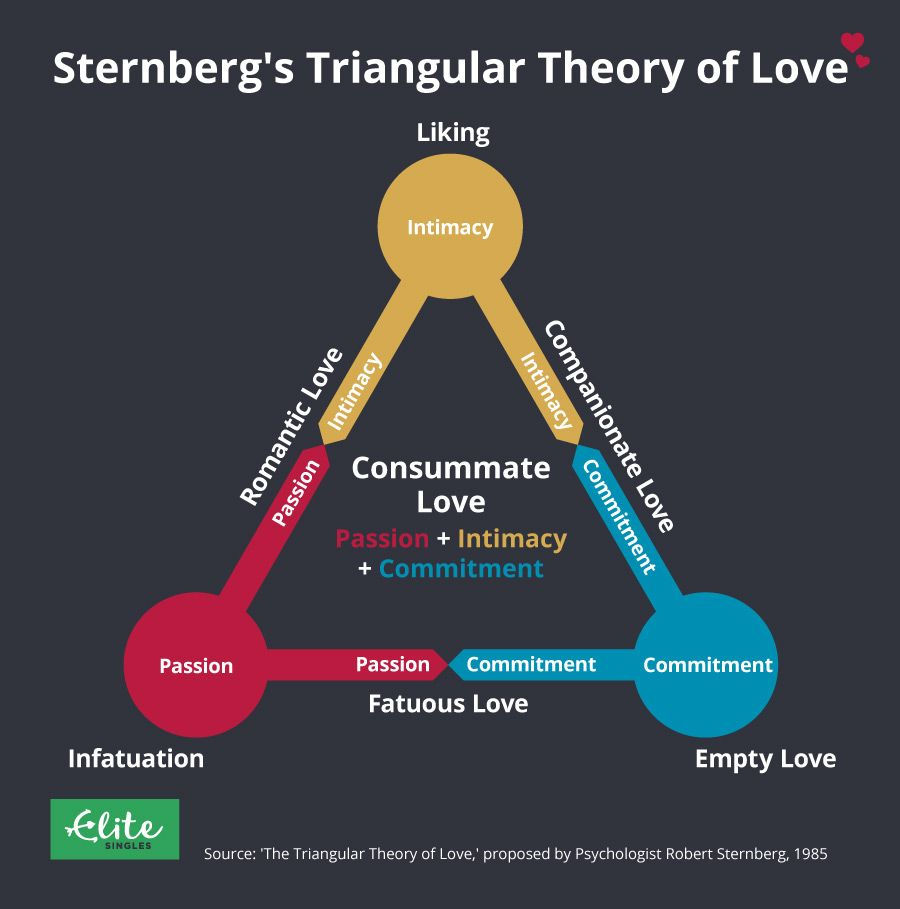Social Psychology - Part IV, V, and VI
<<IV. Anti-social Behavior<<
Anti-social = behavior that is harmful to society or certain individuals in society
- does NOT mean introverted or shy
Connection to Personality Unit: Anti-social Personality Disorder
EQ: What variables contribute to prejudice and aggression?
^^A. Prejudice^^
Prejudice = judging a person based on beliefs about the group(s) that the person identifies with
- are learned - via observational learning or operant conditioning
- in the US, mainly based on race, in other parts of the world, based on religion
- usually negative but can also be unfairly positive (some people are more respected just because of the group they belong to)
Attitudes → prejudice → antisocial actions (discrimination)
}}1. Social Categories}}
Social Categories = broad groupings based on obvious characteristics such as age, skin color, gender, etc.
- neither inherently negative or positive
}}2. Stereotypes}}
Stereotypes = overly broad descriptions of different social categories
once stereotype is established, people will use that generalized characterization of an entire group to make predictions about the behaviors, skills, or attitudes, of every individual in the group
ex. all old people are lousy drivers → that old person trying to park next to my car will probably hit it
}}3. Ingroup-Outgroup Bias}}
Ingroup = “Us" / you and others who you think share important traits/beliefs with you
Outgroup = “Them” / people you see as different from yourself
- memberships in groups change based on the circumstances:
- At a pep rally, seniors are the ingroup while other grades are the outgroup
- At a game, all SHS students are the ingroup while the Foxboro team and their fans are the outgroup
- At a Patriots’ game, SHS fans + Foxboro fans are the ingroup while the Bills fans are the outgroup
Outgroup Homogeneity Bias = Seeing people in the outgroup as the same (meanwhile we see everyone in the ingroup as a unique individual)

}}4. Theories to Explain Prejudice}}
Competition for Resources
people who are seen as depriving you of something tend to be disliked, stereotyped as “undeserving,” then mistreated
ex. throughout US history, low-wage workers disliked immigrants
Social Identity
- Being part of a group increases self-esteem and so people automatically form ingroups and outgroups
- = belonging to certain social groups, together with some emotional and valuational significance of that group membership (envy, pride, etc)
- Individuals who don’t have many positive factors in their life sometimes form ingroups simply based on the idea of “at least we’re not ”.
- As a result, their ingroup beliefs and activities revolve around prejudice and discrimination
}}5. Results of Prejudice}}
Individuals are excluded from education, housing, jobs, etc, because of the group they belong to and NOT because of their own skills, efforts, etc.
Individuals might internalize negative stereotypes
- and adopt antisocial behaviors
- and be harmed by the self-fulfilling prophecy
Individuals who don’t match the positive stereotypes of the group may experience anxiety or low self-esteem
ex. an Italian who is a lousy cook → low confidence
}}6. Reducing Prejudice}}
People can learn to ignore a stereotype and remember to evaluate everyone they meet as an individual
Exposing individuals, especially when they are young, to people whoa re different in some way → increases acceptance of differences
Connects to the Mere Exposure Effect = phenomenon by which people tend to develop a preference for things or people that are more familiar to them than others. Repeated exposure increases familiarity

Critical thinking about history, prejudices, and personal experiences helps to reduce prejudice
- it’s a skill that can be taught!
%%a. Robber’s Cave%%
= Study in the 1950s by Muzafer Sherif
- 11-year old boys at a summer camp (called the Robber’s Cave)
Phase 1:
- randomly divided into 2 groups that were isolated from each other
- developed sense of cohesion in each group
Phase 2:
- 2 groups competed for highly-desired prizes (pocket knives, medals, etc)
- conflict escalated from name calling (“cowards!”) to direct acts of sabotage
- negative attitudes/behaviors
Phase 3:
2 groups brought together to work on superordinate goals (a goal that can be attained only if the members of two or more groups work together by pooling their skills, efforts, and resources)
ex. restoring the camp’s water supply
tensions between groups dissolved by day 6
Results:
- Ingroup-Outgroup rivalries can develop quickly between groups that had no previous animosity
- Social identity is an important source of prejudice
- ]]Prejudice and discrimination can be reduced by having the opposing groups work together to solve a problem that both groups face]]
^^B. Aggression^^
Aggression = intentionally hurting someone else either physically or psychologically
Hostile Aggression = harming others as part of maladaptive coping (coping strategies or behaviors that are ineffective, harmful, or counterproductive in dealing with stress, adversity, or difficult situations)
Instrumental Aggression = using force to gain a goal, planned and controlled
ex. being aggressive in asking for a raise/on a debate team
}}1. Theories to Explain Aggression}}
%%a. Biological Reasons (NATURE)%%
- Aggression is a normal part of all organisms to protect themselves, their young, their home/territory
- Higher levels of testosterone increase aggression
%%b. Response to Environment (NURTURE)%%
- Aggression resulting from frustration, discomfort, etc. is hostile aggression
Ex. Small children lash out when they are tired or hungry
Some children learn to be aggressive by watching others (social learning) or by getting what they want when they are aggressive
Ex. The kid who steals lunch money and gets away with it
}}2. How to Reduce Aggression}}
- Decrease opportunities for deindividuation
- Provide positive social learning experiences (i.e., role models)
- Induce cognitive dissonance in people with aggression (so change their beliefs so they know their actions are wrong in the hope that they might fix their behavior to be congruent with their new beliefs)
- Use Cognitive-Behavioral Therapy to help aggressive individuals respond more rationally to frustration and others’ actions
<<V. Pro-social Behavior<<
Pro-social Behavior = behavior that is helpful to society
EQ: What variables contribute to altruism and attraction?
^^A. Positive Behaviors^^
}}1. Altruism}}
Altruism = the unselfish regard for the welfare of others
- those who are altruistic might put themselves in danger, do not expect a reward/are not doing it as their job
}}2. Volunteering}}
Volunteering = Working without pay to help others
^^B. Factors that Increase Pro-social Behavior^^
- Realizing you’re in a situation where someone else needs your help
- Having the time to engage in prosocial actions
- Seeing yourself as similar to the person in need of help
- This helps explain why Americans reacted more to the genocide in Bosnia than in Rwanda and why @@it’s important to teach people to see others as part of their ingroup@@
- Understanding that prosocial behavior also has positive outcomes for the person performing the good deeds
<<VI. Social Attraction<<
^^A. What Causes (Platonic and Romantic) Attraction?^^
- Proximity
- Similarity
- Physical Attractiveness
- Equity
- Exposure
}}1. Ainsworth’s Attachment Theory}}
- explains how people relate to friends and romantic partners
- Securely attached children tend to also have stable, long-term friendships and successful romantic partnerships
}}2. Sternberg’s Triarchic Theory of Love}}
